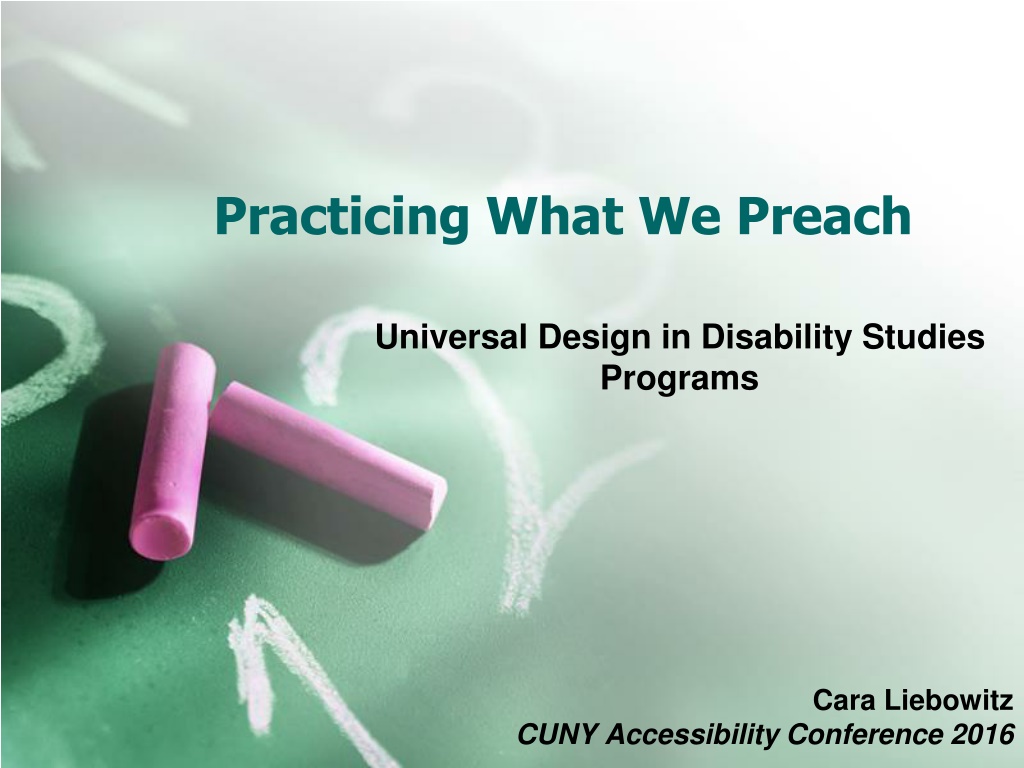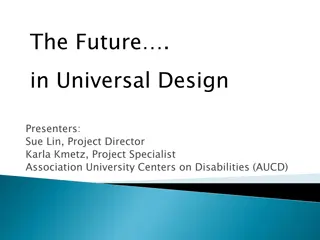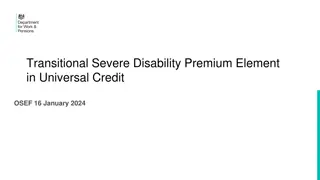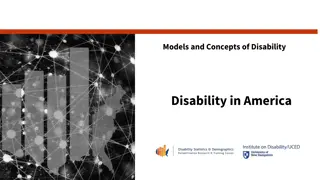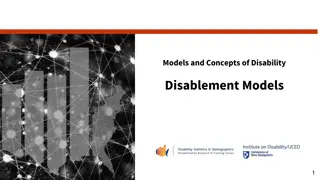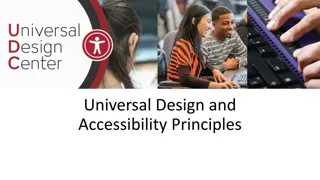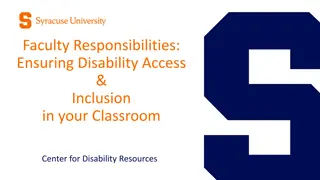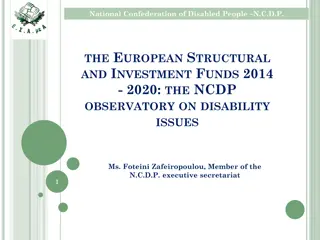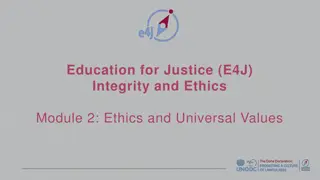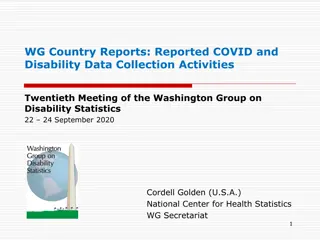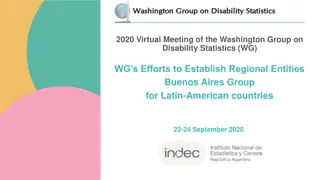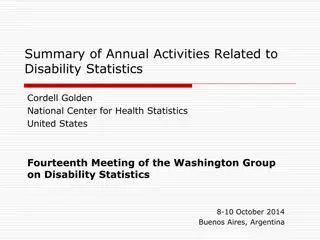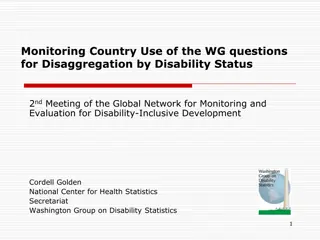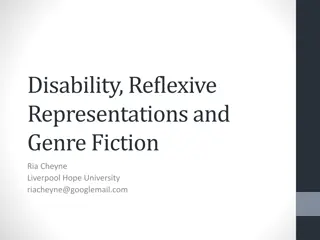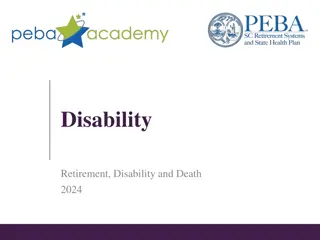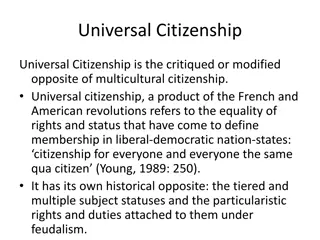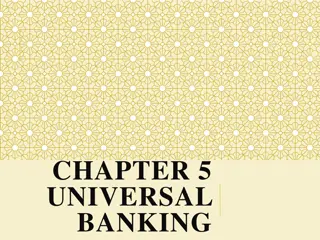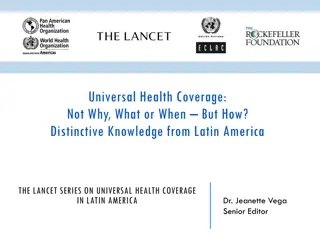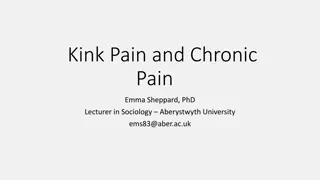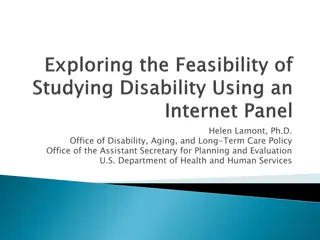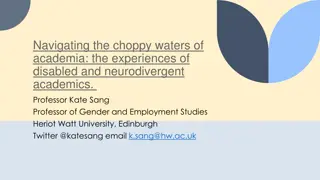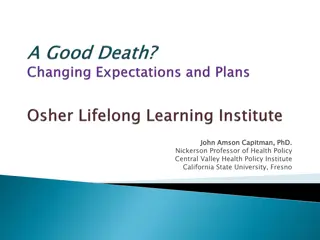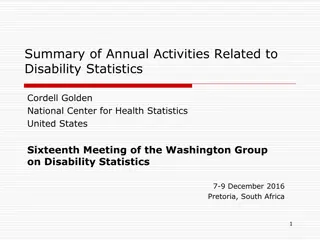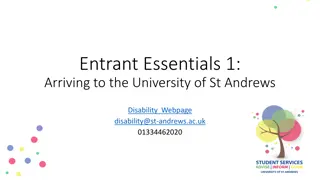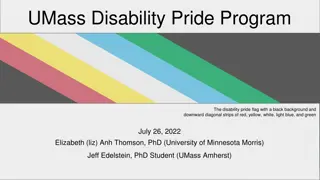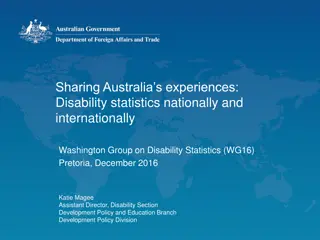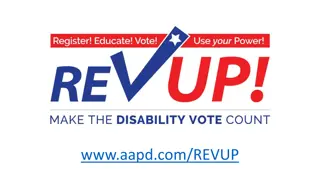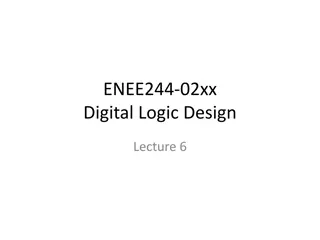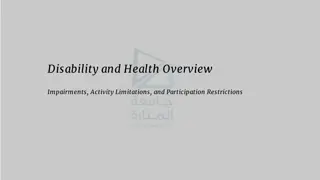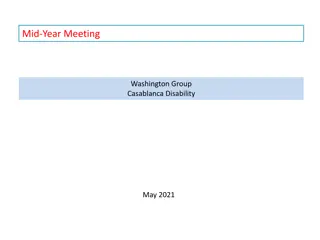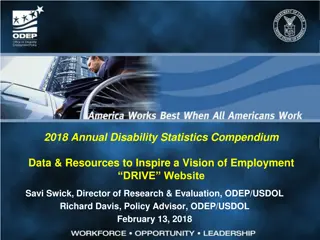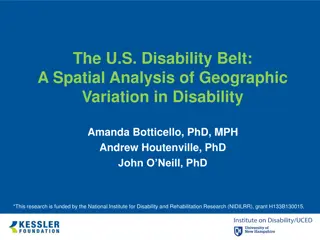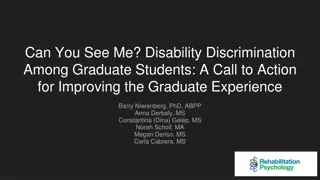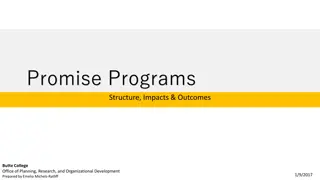Universal Design in Disability Studies Programs: Bridging Theory and Practice
Explore the concept of Universal Design and its application in Disability Studies programs. Delve into the principles of Universal Instructional Design, challenges in implementation, and a case study of Disability Studies at CUNY SPS. Understand the importance of aligning academic discourse with the real experiences of disabled individuals and the need for practical integration of Universal Design principles.
Download Presentation

Please find below an Image/Link to download the presentation.
The content on the website is provided AS IS for your information and personal use only. It may not be sold, licensed, or shared on other websites without obtaining consent from the author. Download presentation by click this link. If you encounter any issues during the download, it is possible that the publisher has removed the file from their server.
E N D
Presentation Transcript
Practicing What We Preach Universal Design in Disability Studies Programs Cara Liebowitz CUNY Accessibility Conference 2016
What is Universal Design? the design of products and environments to be usable by all people, to the greatest extent possible, without the need for adaptation or specialized design Examples of universal design in architecture include automatic doors, curb cuts, ramps, etc.
Universal Instructional Design (UID/UDL) Similar to and adapted from the original principles of UD to fit an educational environment Accommodates all learners, not just those with diagnosed disabilities Built in, not special
Principles of UID/UDL Multiple means of representation Perception Language, expression, and symbols Comprehension Multiple means of action and expression Physical action Expression and communication Executive function Multiple means of engagement Recruiting interest Sustaining effort and persistence Self regulation CAST (2011). Universal Design for Learning Guidelines version 2.0. Wakefield, MA: Author.
Why dont we practice what we preach? Some theories: We have trouble connecting the academic discipline of Disability Studies with the real, lived experiences of disabled people We have become content with the myth of separate but equal We are constrained by budgets, time, and the layout of our programs
Example: Disability Studies at CUNY SPS Universal Design Not Universal Design Using join.me so others can view content on their own devices (and having code up on board) Uncaptioned, un-audio described videos in both orientation and classes Desks with chairs attached in classrooms Height adjustable tables in classrooms High tables with stools in common areas (and a separate, lower table) Online or hybrid classes (though perhaps not Blackboard itself)
Written for DSAB 625: Disability Services in Higher Education, Kevin Tucker UNIVERSALLY DESIGNED ASSISTIVE TECHNOLOGY BUDGET
caraliebowitz@gmail.com Copies of this presentation and AT budget are available virtually upon request.
